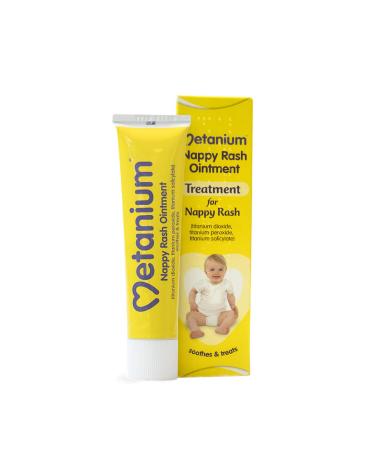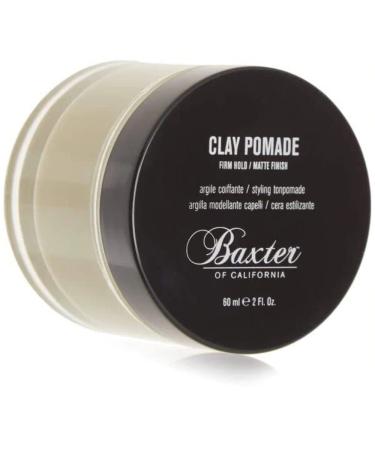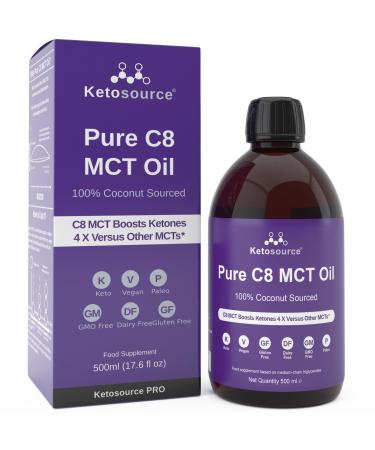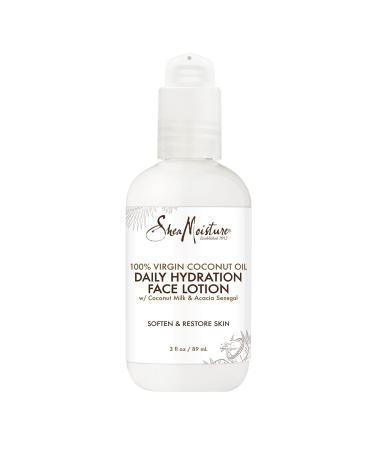Name of Food Additive:
Glucose Syrup Corn Syrup G40Ingredient List:
Glucose SyrupNet Quantity:
5 kgPhysical Structure:
LiquidLot Number:
For backward traceability, the lot numbers of allraw materialsand packaging materials are recorded.The product lot number is located on the product packaging.Functional Class of the Food Additive:
SweetenersName of the Source from which the Food Additive is Obtained:
CornFoods to which the Food Additive can be Added:
Used in permitted finished products in accordance with the regulations in the Turkish Food Codex Food Additives Regulation and vertical communiqués, taking into account the relevant limitations.When the necessary information cannot be found in the regulations and communiqués, the relevant country's regulatory authorities can be consulted.Special Storage Use Conditions:
Store tightly closed in a cool, dry place.Commercial Name and Address of the Food Business Operator:
Smart Kimya Tic. ve Dan. Ltd. Sti.
Ege Sanayi Sitesi Balatçik Mah. 8901 3 Sok. No:3 3AO Çigli Izmir facilities.Manufacturer Registration Number:
TR-35-K-047442Origin:
TurkeyInstructions for Use:
In accordance with the Turkish Food Codex Food Additives Regulation, in the vertical communiqués related to the finished product produced or planned to be produced It should be used taking into account the foods to which it can be added, usage conditions, maximum amounts, and restrictions.If use is planned in countries outside Turkey, the legal regulations of the relevant country should be taken into account.Product performance may vary depending on production conditions, the structure and performance of machinery and equipment, seasonal variables, and other raw materials.Before determining the optimal usage amount, trials should be conducted with minimum amounts, taking into account the restrictions specified in the Turkish Food Codex Food Additives Regulation.Area of Use Purpose of Sale:
For use in food.Technical Information:
All glucose syrups are hydrolysis products obtained from starch. These products are clear, colorless, and viscous, nutritious syrups consisting of a mixture of glucose sugar and other high-molecular-weight dextrins and saccharides.Glucose syrup is typically less sweet than sugar, but it offers some technological advantages in the food industry. They are unique products that influence many characteristics of foods and enable manufacturers to achieve the desired or targeted sensory quality and shelf life.Tito Glucose Syrup Dextrose Equivalent (DE): 38 – 42Glucose syrups are examined in 6 categories:G37 Glucose Syrup (DE37)G40 Glucose Syrup (DE40)G58 Glucose Syrup (DE60)G95 Glucose Syrup (DE min 97)M50 High Maltose SyrupM38 Maltose SyrupDE and Carbohydrate CompositionThe carbohydrate composition of glucose syrup is expressed by the term "Degree of Polymerization" (DP). The degree of polymerization is the number of glucose units in the syrup (DP 1 dextrose, DP 2 maltose, DP 3 maltotriose).The carbohydrate or sugar composition of glucose syrups depends on the production method and the syrup's dextrose equivalent (DE). For example, while a glucose syrup with a DE of 42 produced by acid enzyme hydrolysis may have a higher maltose content, a glucose syrup with the same DE produced by acid hydrolysis may have a higher dextrose (glucose) content.However, a glucose syrup with the same DE (DE of 42) produced by enzyme hydrolysis may have a higher maltose content.Two syrups with the same DE may have different carbohydrate compositions. Therefore, when determining the suitability of glucose syrups for the intended purpose, the DE value alone is certainly not sufficient information about the carbohydrate composition of the syrup is also necessary.The degree of starch conversion is measured by the term "Dextrose Equivalent (DE)." This term refers to the total number of reducing sugars expressed as the number of grams of anhydride D-glucose per 100 g of dry matter in glucose syrup. The degree of starch hydrolysis determines the composition of the final product. Complete hydrolysis of starch results in dextrose.Glucose syrup contains low- or high-molecular-weight glucose polymers, depending on its DE value. The percentage of each saccharide it contains, or in other words, its carbohydrate composition, gives glucose syrup its properties and is a guide in distinguishing syrups from one another. However, industrially, products can be classified according to their DE value and can be produced within a DE range of 2095. However, the DE value alone is not sufficient to determine the properties of glucose syrups.Syrups with different carbohydrate compositions and the same DE value can be produced.Production MethodIn the production process of glucose syrups, starch is heat-treated, liquefied with enzymes, and broken down into saccharides. The starch liquid containing the saccharides is purified by processes such as filtration, carbon treatment, and ion-exchange columns, and concentrated to the target dry matter content.Areas of Use
Glucose syrups are used in many food formulations. Their use with sucrose in the food industry provides quality-enhancing advantages through the synergistic effect they create. Glucose syrups are one of the important raw materials used in confectionery. The reasons for this are Crystallization control, viscosity, moisture balance, color formation, and sweetness.Glucose syrups are used in many applications such as confectionery, biscuits and bakery products, processed ready-made foods, jam, halva, ice cream, beverages, and desserts.
They exhibit different functional properties in different applications.
They control various functional properties such as sweetness, freezing boiling point, osmotic pressure, viscosity, crystallization, hydration and moisture levels, and colligative properties.
The type of glucose syrup and the amount used determine the eating or chewing properties of the candy. Low-molecular-weight saccharides, such as glucose syrup, impart brittleness to the product, while other higher-molecular-weight saccharides present in the syrup provide chewiness. The choice of glucose syrup also affects the shelf life of the candy.
In products such as toffee and caramel, high-DE glucose syrups increase fluidity, while low-DE glucose syrups produce hard, less chewy products.
The reasons for adding glucose syrups to products such as jam and marmalade are their viscosity, high osmotic pressure, prevention of crystal formation, improved taste and appearance, and balanced sweetness.
Glucose syrups are widely used in bakery products. In fermented products, the syrups can be fermented by yeast, controlling the texture of the product. Glucose syrups are a carbohydrate source for these yeast-containing products. The reducing sugars left over from fermentation cause the crust to brown, while higher sugars control the texture and give the product softness.
In aerated baked goods like cakes, glucose syrup increases the activity of albumin or gelatin in egg whites. Using high-DE glucose syrups prevents cakes from drying out while maintaining moisture, thus extending shelf life. In pie fillings, it prevents moisture loss from fruit by controlling the osmotic pressure of the product.
Glucose syrups are generally used in coating desserts and in some types of biscuits to increase chewiness. These products are preferred when high-DE syrup enhances color, moisture retention, fermentability, sweetness, and richer flavor. In biscuits, glucose syrups cause rapid color development and, combined with their antioxidant properties that extend shelf life, maintain crispness.
Glucose syrups are widely used in frozen desserts. They increase total solids without crystallization or excessive sweetness. This allows natural flavors to be detected in the product, balancing flavor and controlling total sweetness.
High-fructose syrups are used as sugar substitutes in the beverage industry.Technical Documentation:













